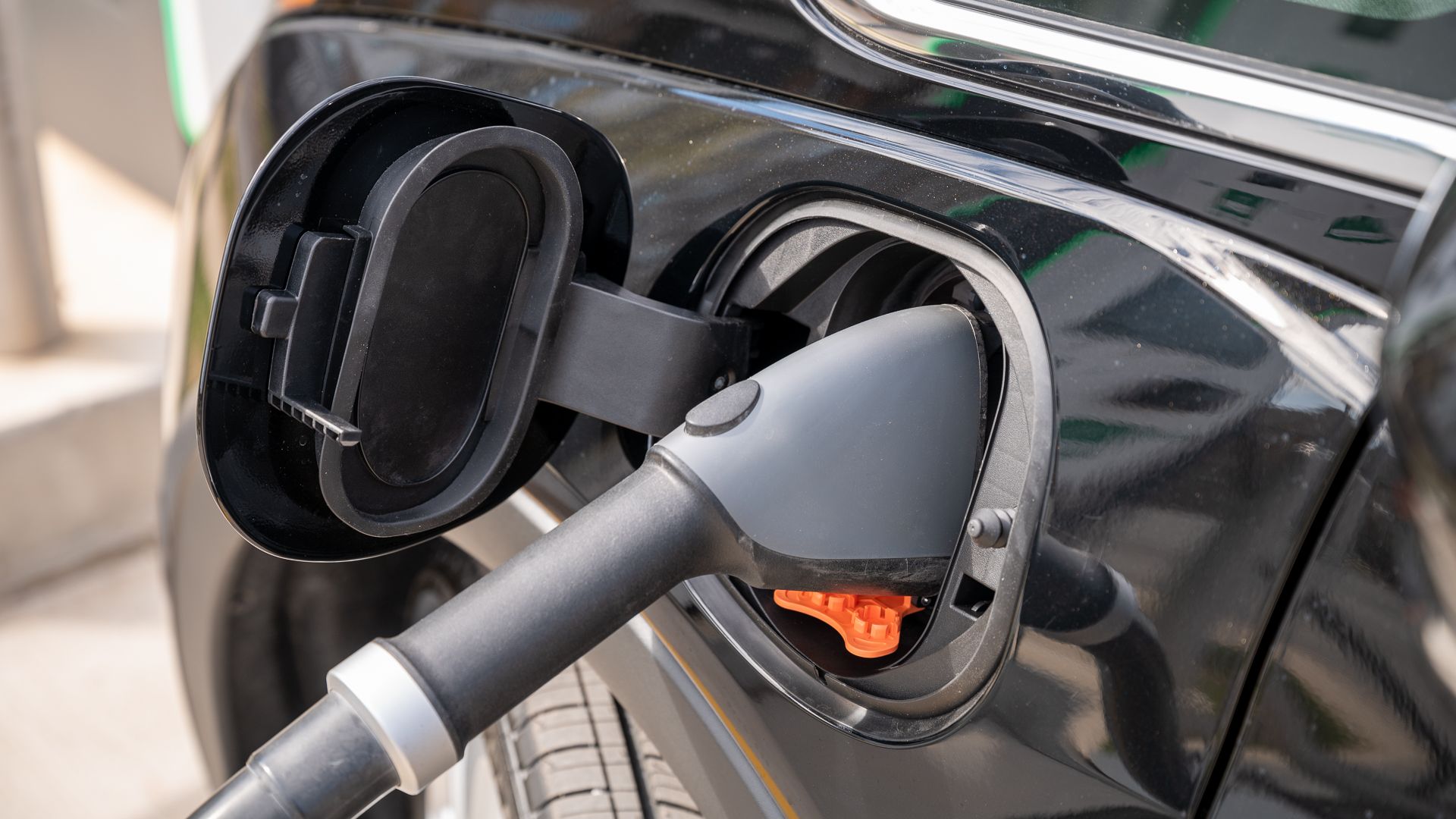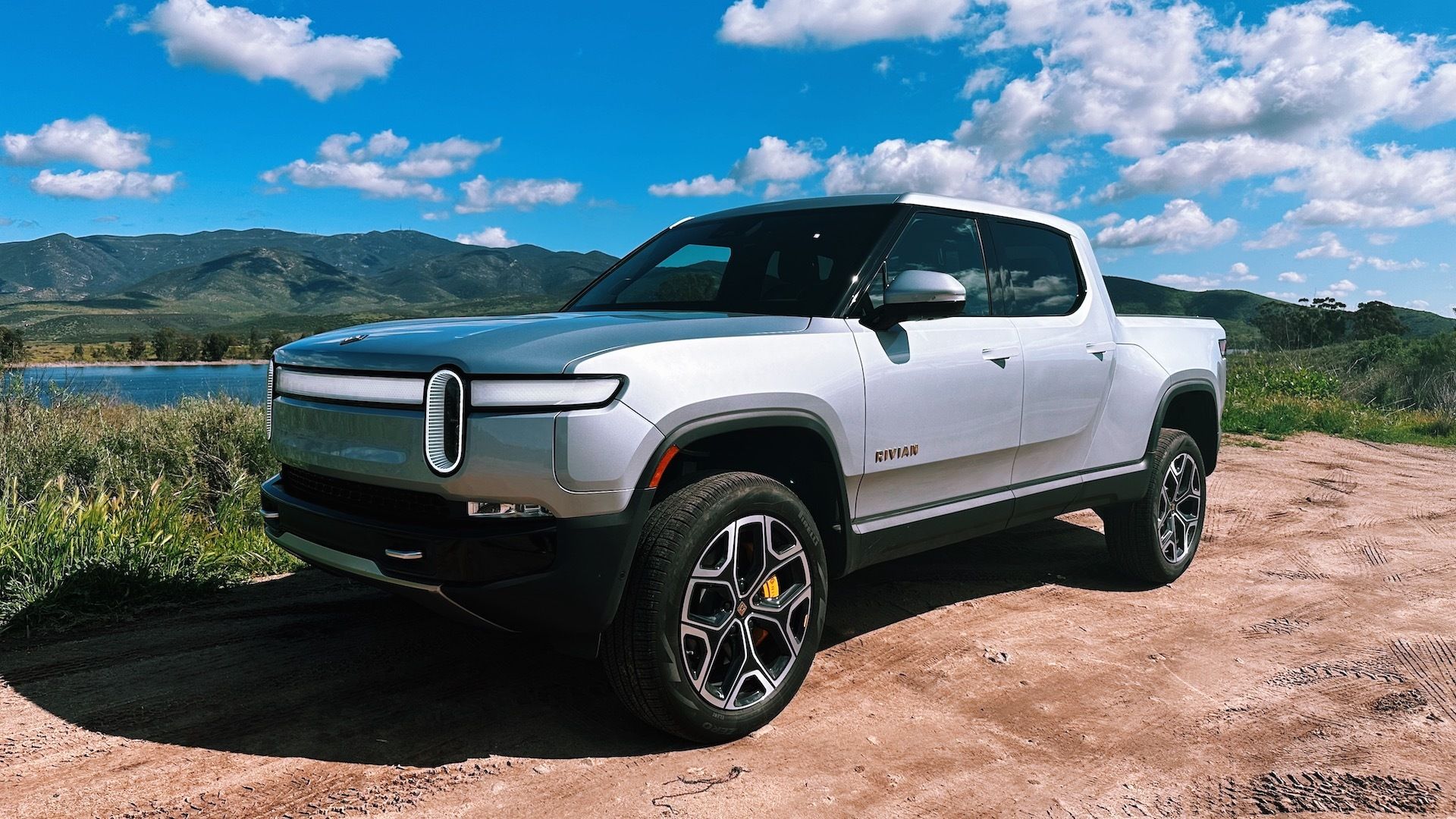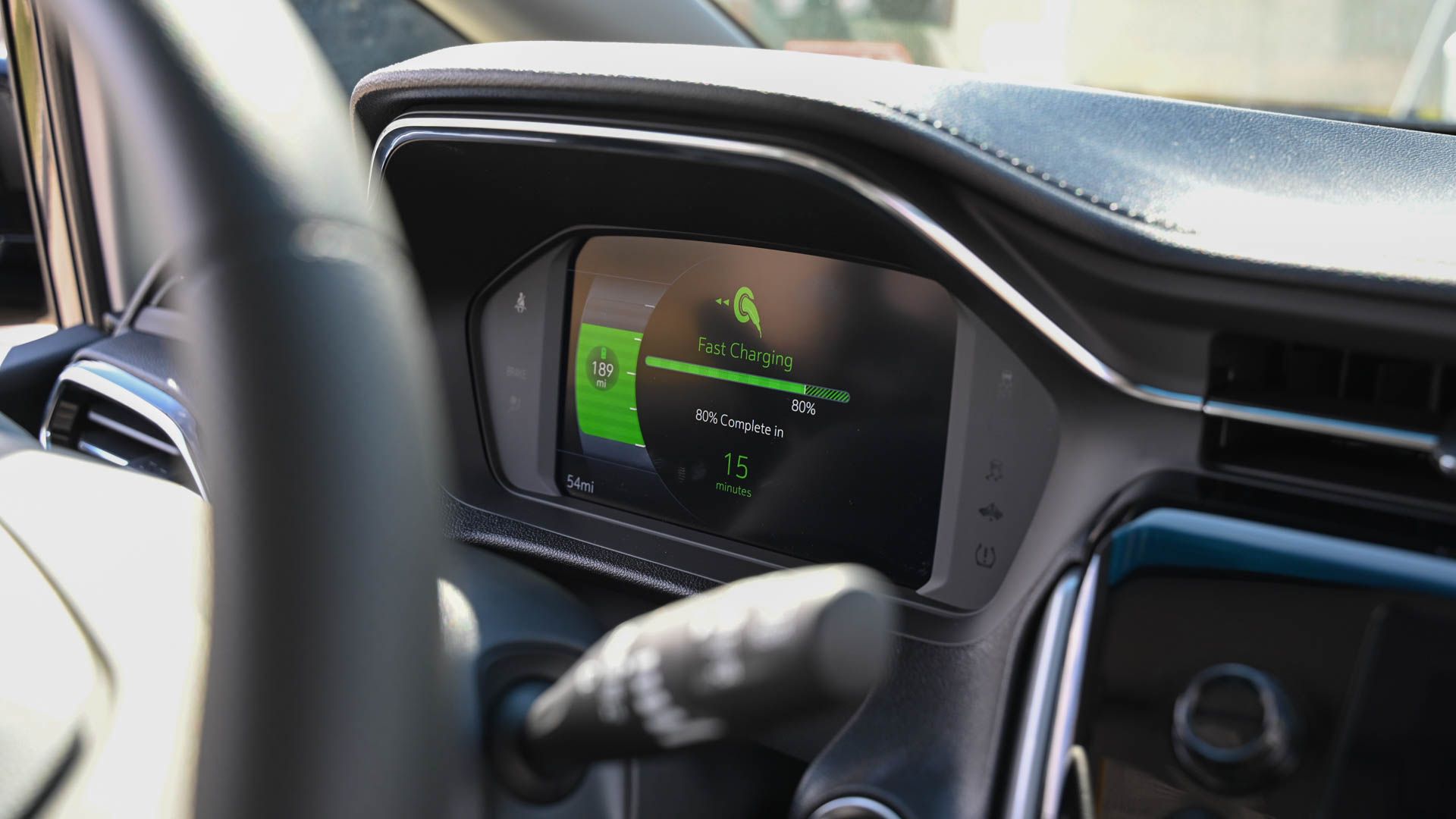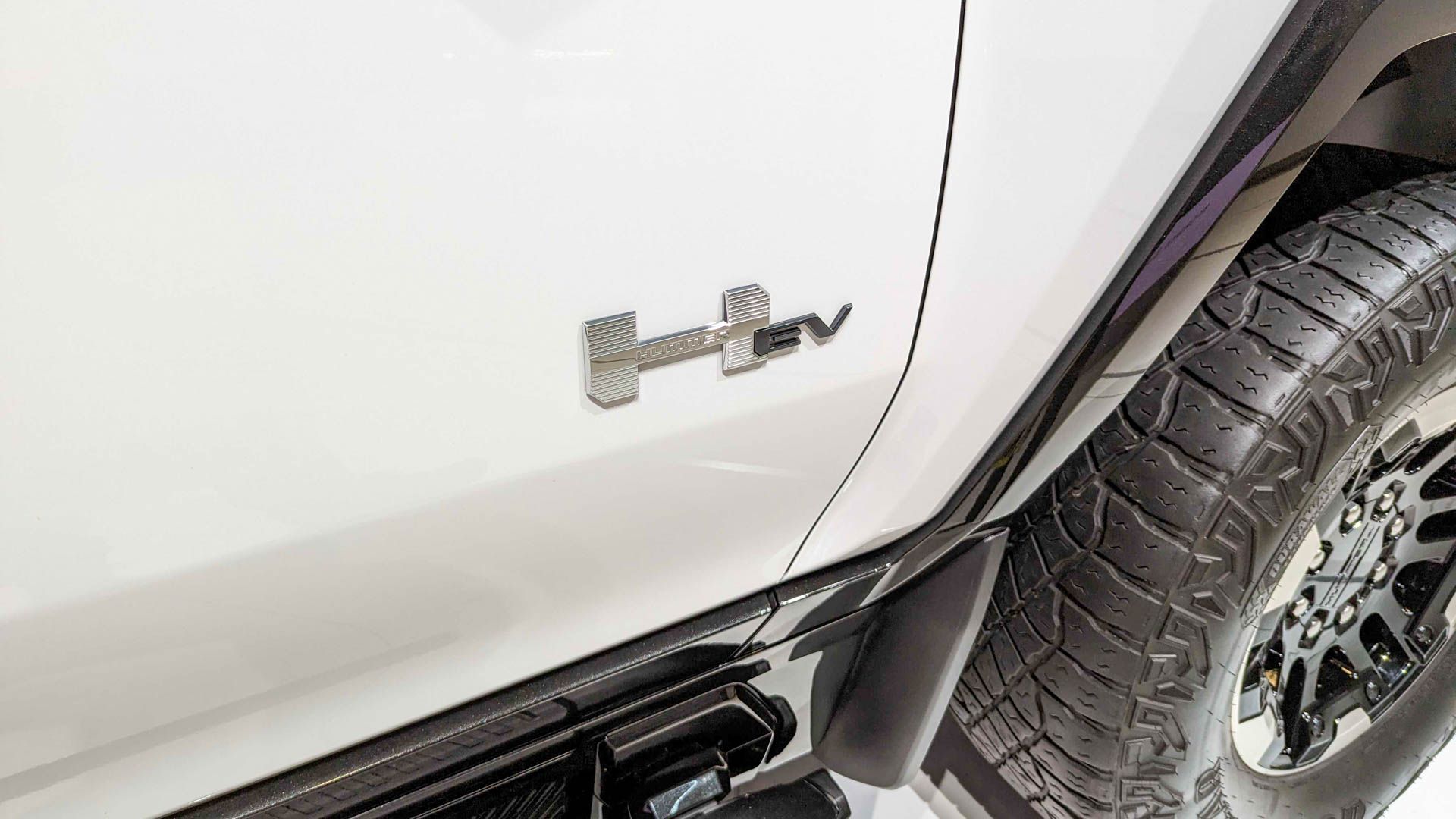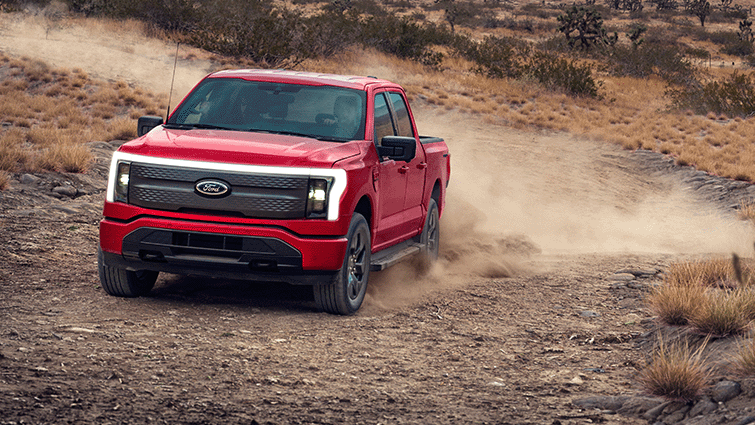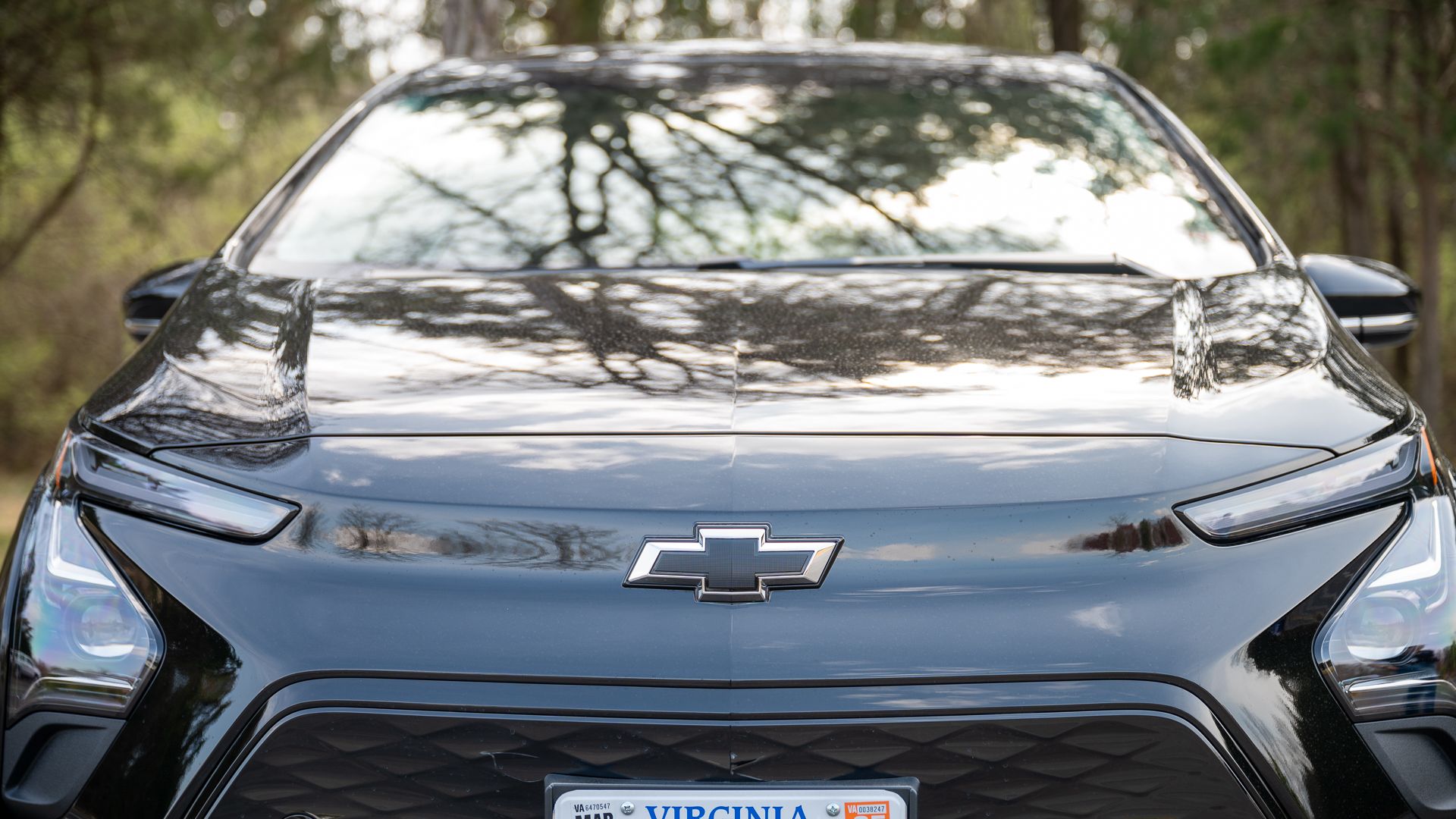Quick Links
Key Takeaways
Electric vehicles are nothing new, but why are they still so expensive? Production facilities, supply chains, and EV battery packs are the problem, but the end is in sight.
If you're looking to buy a new car, truck, or SUV and are considering an electric vehicle but wondering why EVs aren't affordable yet, you're not alone. Electric cars should be cheaper by now, especially considering battery prices keep dropping, but instead, it's the opposite.
Think about it. From the General Motors EV1 in 1996, the Nissan Leaf, or even Tesla's popular and modern all-electric Model S, which arrived in 2012, EVs and hybrids aren't anything new. So, why are most of them still so expensive? More importantly, why do the prices keep going up?
Electric Cars vs. Gas Car Prices
Electric vehicles have fewer moving parts, don't require nearly as much maintenance, yet still cost far more than a regular gasoline-powered vehicle. And there are several reasons for that. Obviously, with any new technology, there's tons of research and development, manufacturing costs, etc., all involved. Here's the current pricing situation for EVs.
According to Kelly Blue Book, throughout 2022, the average price of a new gas vehicle was around $49,000, compared to over $61,000 for an electric vehicle. That's an additional $12,000 if you choose an EV.
On the low end, the cheapest gas car in 2023 is the Nissan Versa for just over $15,000, compared to Chevy's Bolt EV, starting at $26,595. Not to mention destination fees or different trim levels. Even the most affordable electric car is far more expensive than a gas-guzzler.
The Battery Packs Are Expensive
The massive lithium-ion battery packs inside are the most expensive aspect of any electric car or truck. I'm sure you've all seen a horror story or two about someone trying to replace the battery in a Tesla only to get quoted $20,000 for the job. One Tesla owner on YouTube even decided to blow up his Model S instead of spending $22,000 on a new battery.
It's no secret that we need more affordable batteries for more affordable EVs. Interestingly enough, according to Statista and Bloomberg, the price of lithium-ion battery packs for EVs has declined substantially over the last ten years.
In fact, the volume-weighted average price of an EV lithium-ion battery went from around $1,200 in 2010 to only $137 in 2020. Unfortunately, those prices have increased a bit over the last three years, with the average pricing coming in at $151 by the end of 2022.
Still, that's a drastic difference from back in 2010, meaning electric vehicles shouldn't be nearly as expensive as they are. That's only part of the story, though, as those battery packs continue to evolve, improve, or get bigger to handle larger vehicles like the Hummer EV.
Either way, prices are still too high for most Americans. What gives?
Most EVs Are Luxury Vehicles or Higher Trims
A big part of the problem is that most electric vehicles available today are luxury sedans like the Tesla Model S, high-end electric trucks, or are being offered in higher trims like the Ford F-150 Lightning. Sure, Ford initially promised a $39,995 Lightning, but originally, you could only pre-order the higher Platinum trim. To make matters worse, that "base model" now starts at $60 grand.
However, things are finally starting to shift. We're seeing every major automaker jump into the EV space, with more "affordable" options expected to arrive soon. For example, the new Chevrolet Blazer and Equinox EVs shouldn't cost much more than the gas variants.
As the competition continues to heat up, production and manufacturing improves, and more models arrive, we'll eventually see prices drop.
Low Inventory and Supply Chain Problems
Perhaps the biggest problem holding back EV pricing is inventory and supply chain. Manufacturers can't source parts fast enough, ramp up production, or gather battery materials and semiconductors quickly to handle the demand.
As we all know, when demand exceeds supply, prices rise. And considering electric vehicles are extremely popular, available with federal tax credit incentives, and gas prices going up, people everywhere want one. There's simply not enough supply to meet the demand.
To give you a clear picture of the supply and inventory problem, Rivian only made around 10,000 vehicles in Q4 of 2022 and sold 8,000 of them. Ford managed around 12,000 F-150 Lightning electric trucks. On the flip side, Ford sold nearly 500,000 regular vehicles in the same span. And yes, while Tesla managed to deliver 405,000 EVs in Q4 of 2022, no other EV manufacturer came anywhere remotely close to those numbers, and it took them countless years to reach that point. Essentially, no one aside from Tesla is making enough.
According to Liz Najman, a research manager at Recurrent Auto, continuing supply-chain problems, low inventories, and all the semiconductors an EV needs are the most significant problems. And even though prices have steadily declined since the peak in 2022, EVs (and the components) are still wildly expensive.
Thankfully, every automaker is working on this challenge. Tesla has new factories going up everywhere. Last year, Ford said it would double Lightning production, and manufacturers like General Motors have signed exclusive deals to try and source more microchips.
With every automaker ramping up production, finding new supply chains, and using other avenues for parts, things will eventually get better. The question is when. But considering every major brand is trying to get as many battery packs and electric motors as possible, the supply continues to struggle.
The bottom line is that changing an entire industry from ICE engines to electric systems takes time. Sourcing all the parts, redesigning production facilities, and rolling out charging networks continue to bottleneck the market, which isn't helping with EV pricing.
When Will EVs Be More Affordable?
While it's hard to know the future, 2023 could finally be the year of more affordable EVs. That's because a wide array of new vehicle options from domestic and foreign manufacturers will arrive this year.
We have the exciting new Chevrolet Equinox, which should arrive for around $30,000, the Blazer EV and the KIA Ioniq 5 are both under $45,000, Hyundai's new Kona Electric, and Volkswagen announced a cheap ID.2 Crossover is in the works. Not to mention all the rumors of a $25,000 Tesla Model 2. Sure, those are certainly more attainable, but it'll likely be years before anything comes in under $20K.
Manufacturers worldwide are working to deliver electric vehicles to the masses. It's just a slow process. We're seeing rapid advancements in battery technology, like solid-state EV battery packs and more battery facilities breaking U.S. ground to streamline production. As things continue to improve and evolve, prices will eventually drop.
Will 2023 finally be the year of more affordable electric cars? It's hard to say, but things are steering in that direction. With competition heating up across all brands, makes, and models, expect pricing to ease as more options arrive throughout the next 12-18 months.

